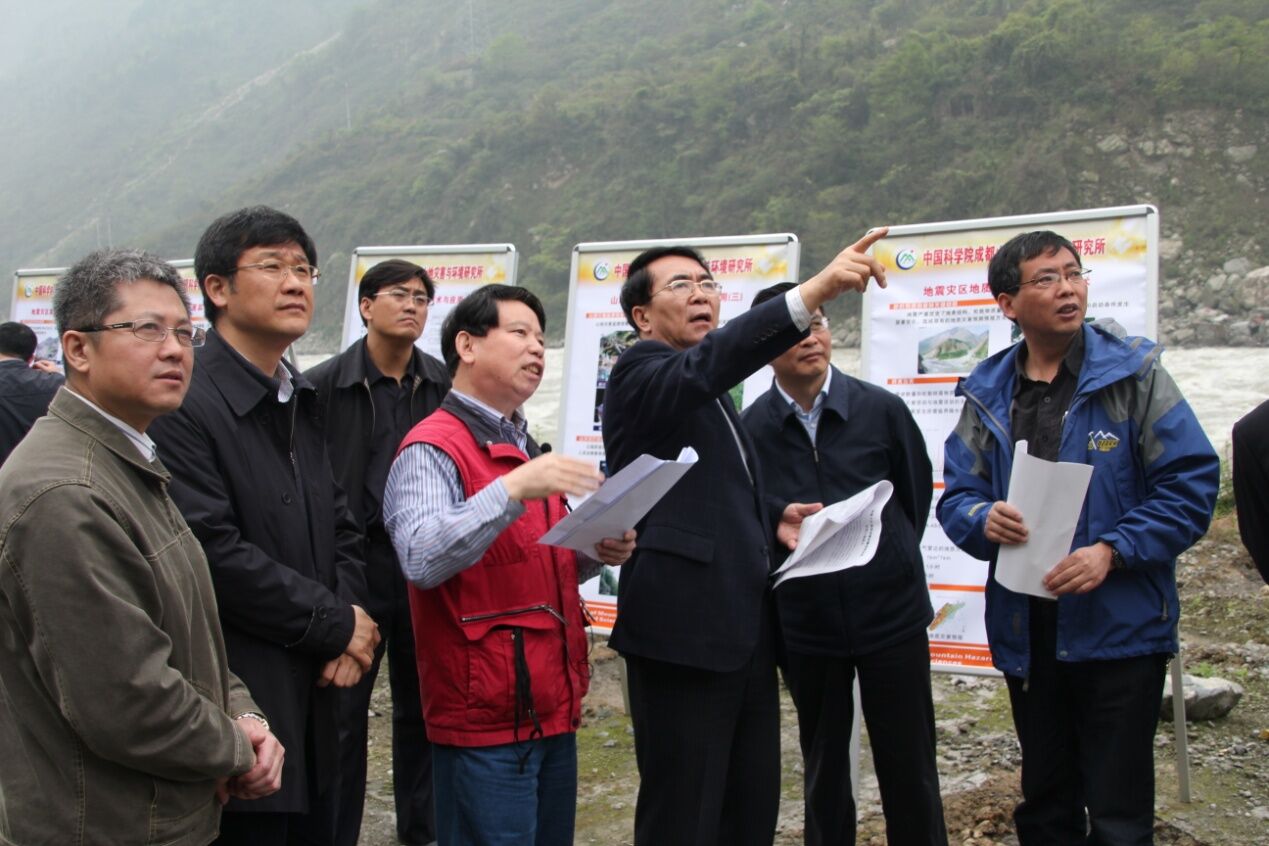| Multimedia |

|
| Location: Home > News > Events |
| [Naturejobs]A diference near and far: Local knowledge has broad impact-Research in Chengdu is concentrated on regional geographical issues as well as contributing to global scientific questions | TEXT SIZE: A A A |
| 2015-09-24 | |
|
AS CHINA'S Local development Many newly developed institutes are designed with two goals in mind: undertaking research and contributing to local community development. The Institute of Mountain Hazards and Environment (IMHE), Chinese Academy of Science (CAS), for example, focuses on environmental sciences and natural disasters in mountainous regions. “But much of our work can be directly applied to sustainable development,” says Zhang Jinshan, head of human resources at the institute. Debris flow mitigation and dam region erosion are two fields in which this institute excels, IMHE also contributes an expert natural disaster relief team whenever natural disasters strike, as they are prone to do in the region. In these circumstances, teams of scientists and disaster experts are poised for response: searching and organizing background data, communicating with CAS and the local government, planning the route, preparing the supplies. “All this happens simultaneously, and we can hit the road the moment we get permission,” adds Zhang Jinshan. Researchers in Chengdu also contribute to local industries. The University of Electronic Science and Technology of China (UESTC), for example, designed the semiconductor control panels for the Chinese bullet trains, according to Professor Zhang Huaiwu, head of the School of Microelectronics and Solid-State Electronics. Zhang Huaiwu's team is also growing the largest, lead-free microwave source crystals with minimal defects. Tey hope to combine them with integrated circuits to create a 2D sensor- array that can detect multiple signals: light, electricity and heat. “ Tis could mean a lot for the Internet of Tings,” adds Zhang Huaiwu. “More advanced sensors would allow us to track ‘things’ in their actual environment, rather than simple numbers about distance and direction.” The Tianfu Life Science Park is home to 170 enterprises (mostly bio-medical), 85% of which are R&D focused. It is supported by the government,offers at least a million yuan start-up investment and up to 5 million yuan discounted loans for companies looking to set up base there. Chengdu city also has its own start-up fund of up to 2 million yuan to support start-up businesses. They let “researchers do what they do best,” says Kong Xiankai, Tianfu's director. “As long as you've got a detailed business plan, we'll help you get all the support you need: human resources, initial investment, rent discounts, amongst other things.” [Cited from Naturejobs http://www.nature.com/naturejobs/science/articles/10.1038/nj0456#link-groups]
|